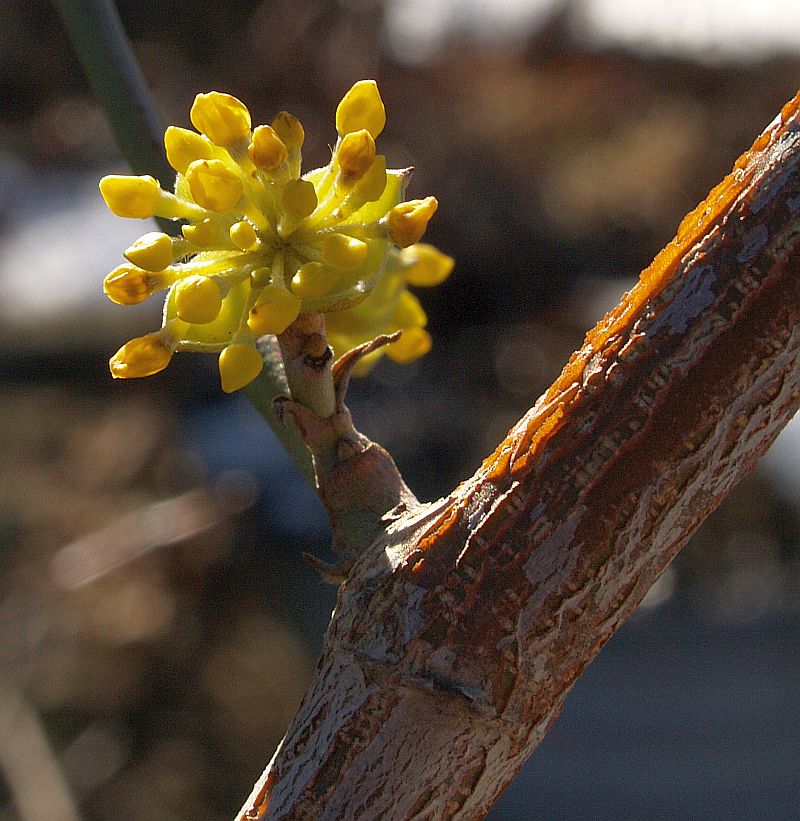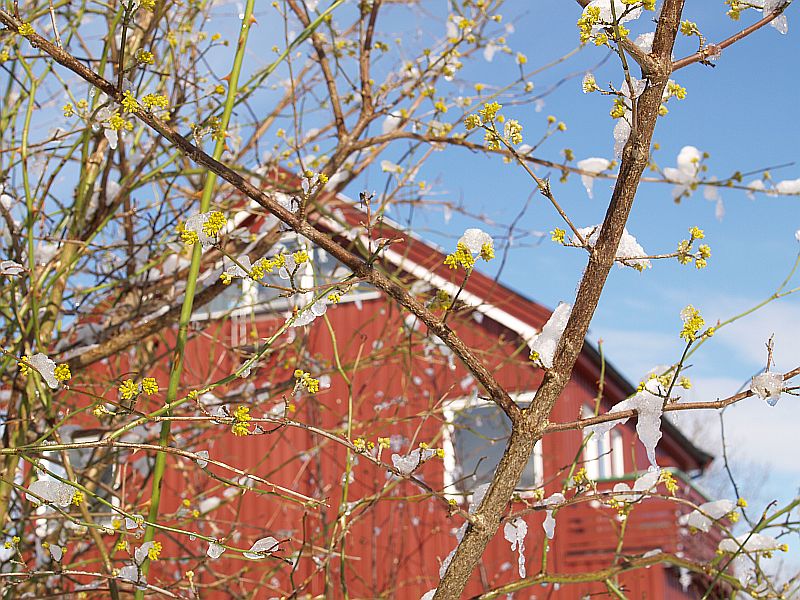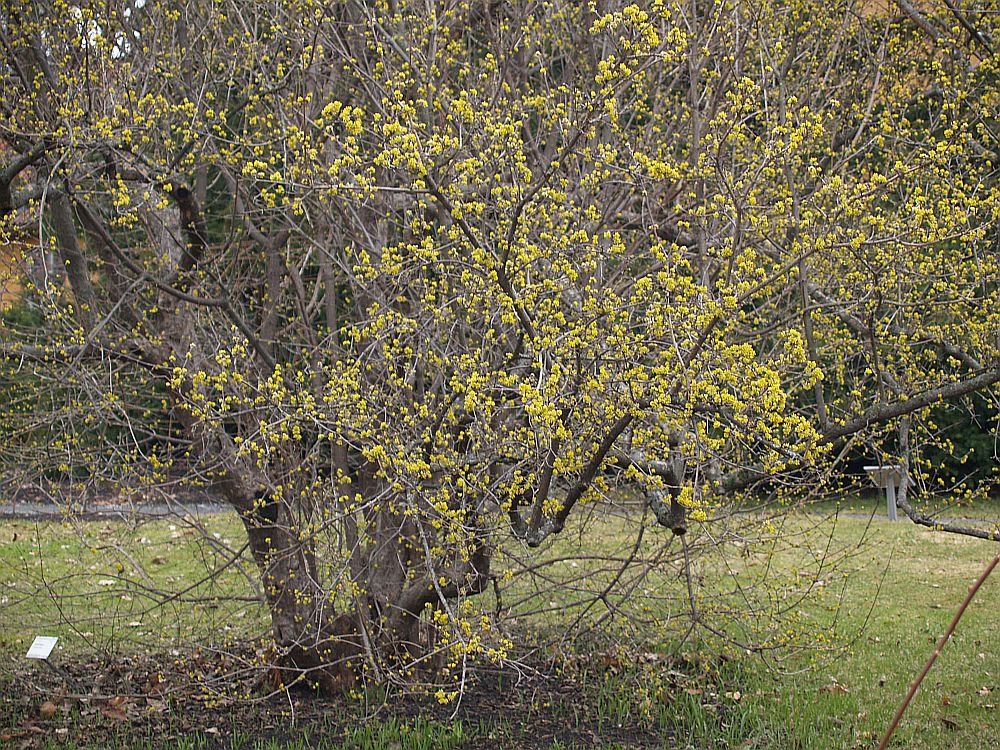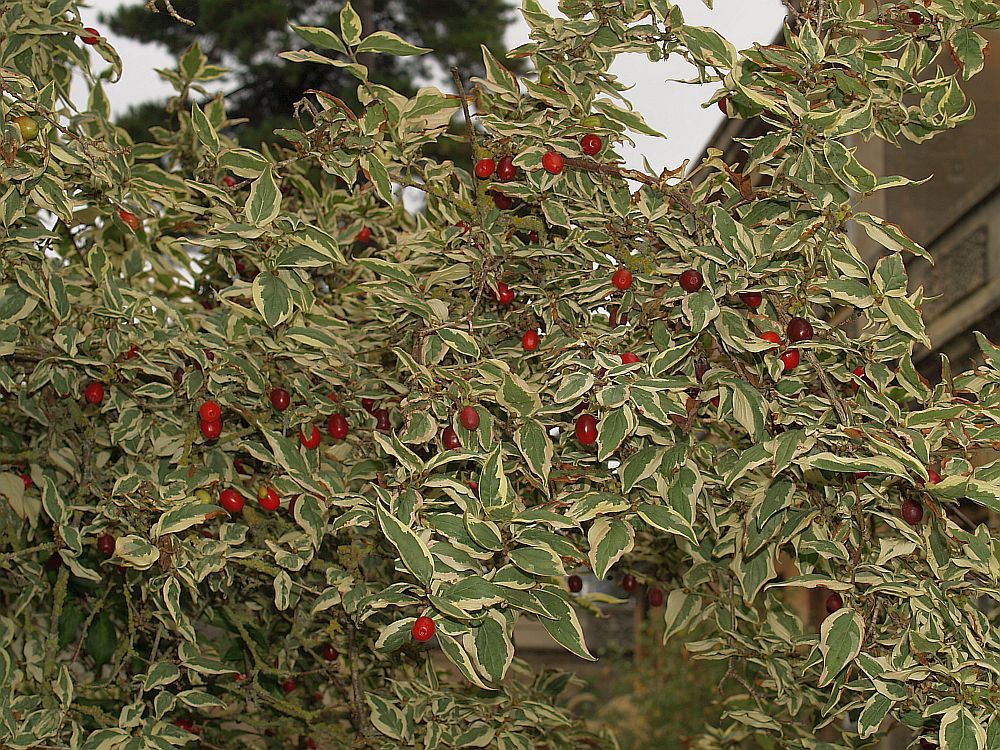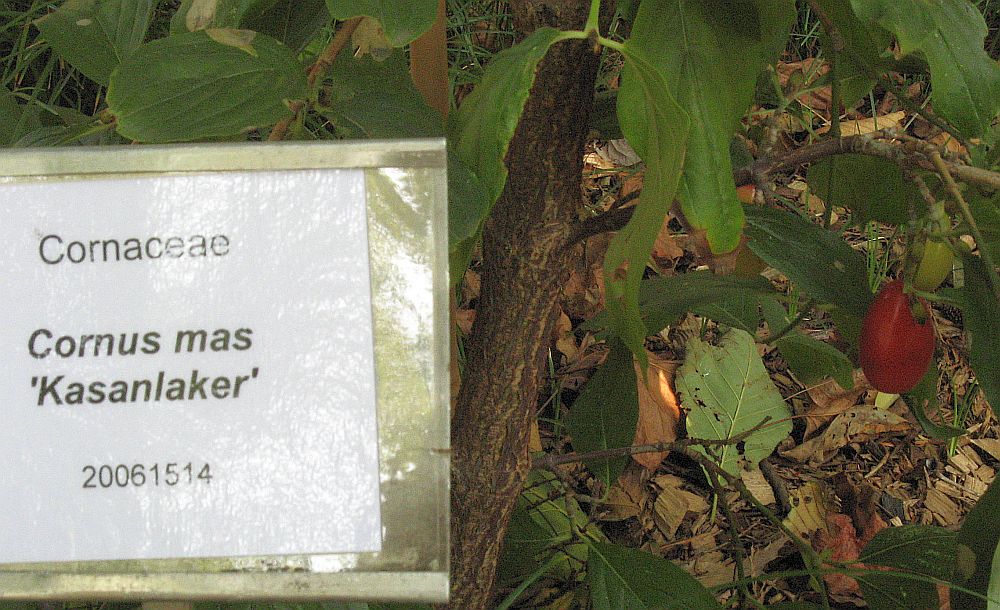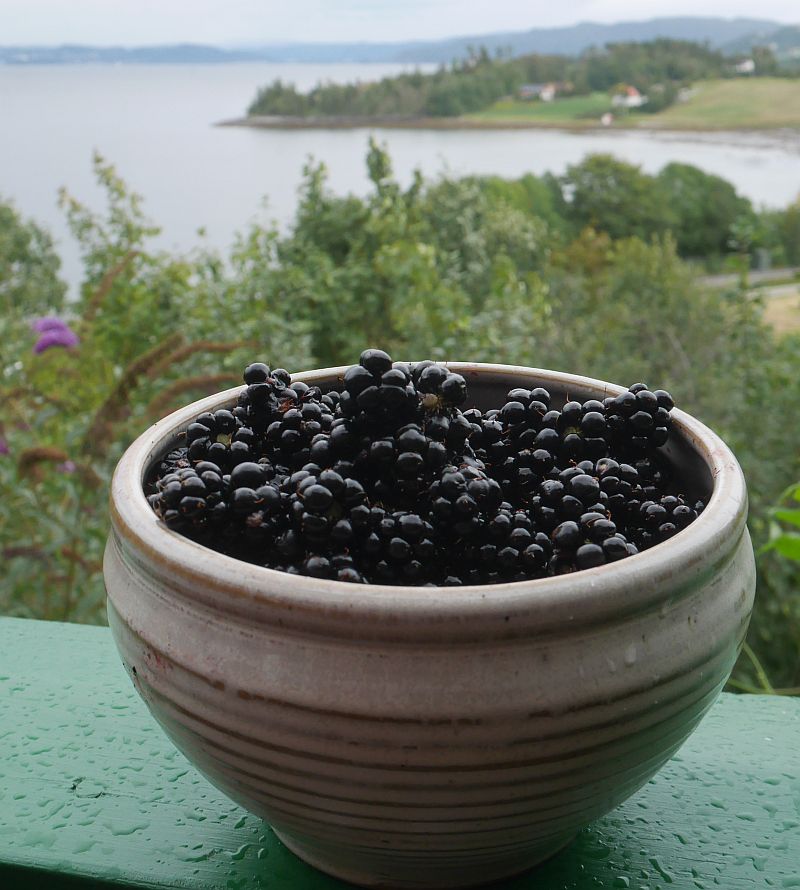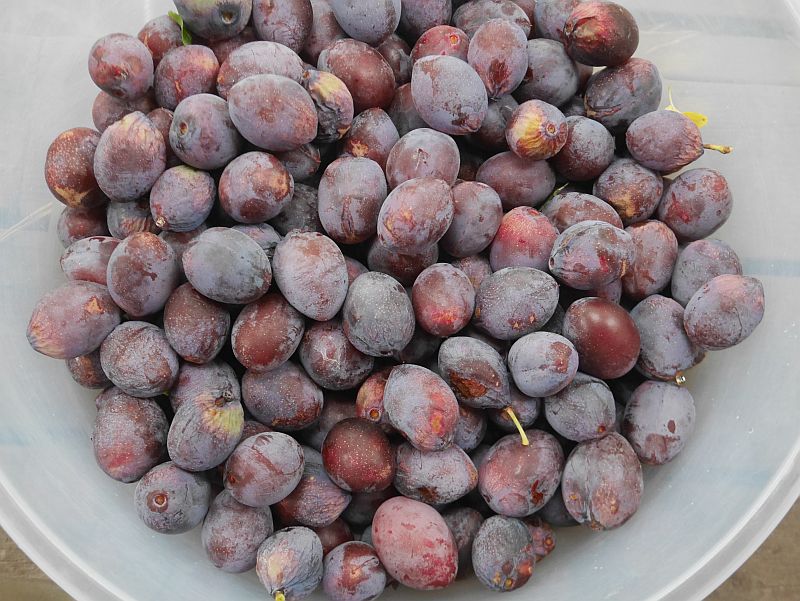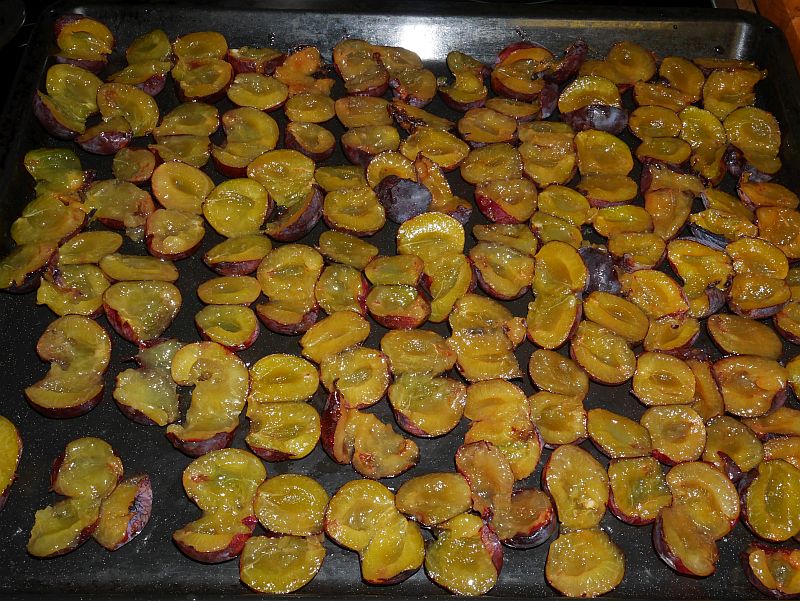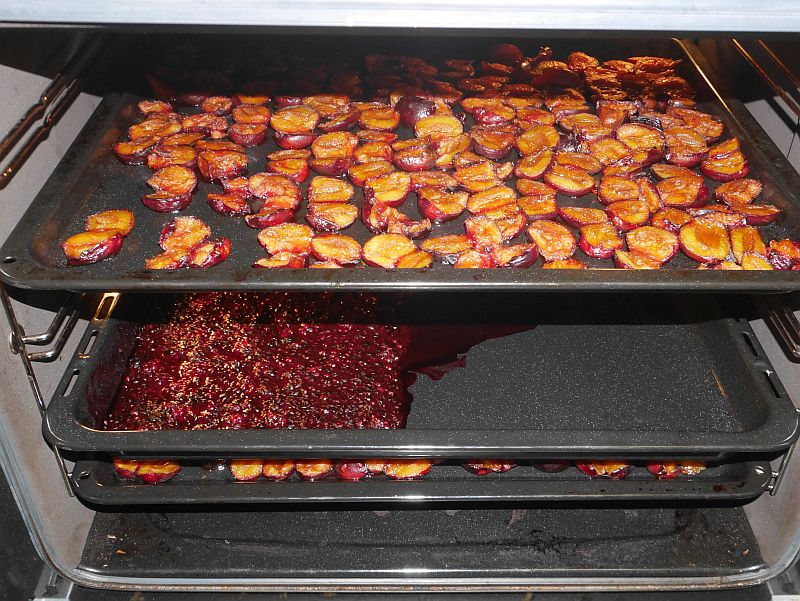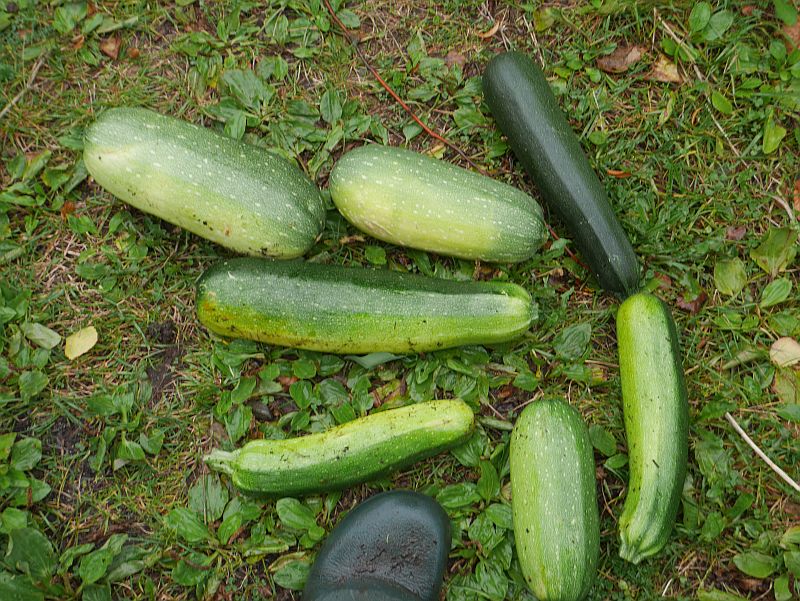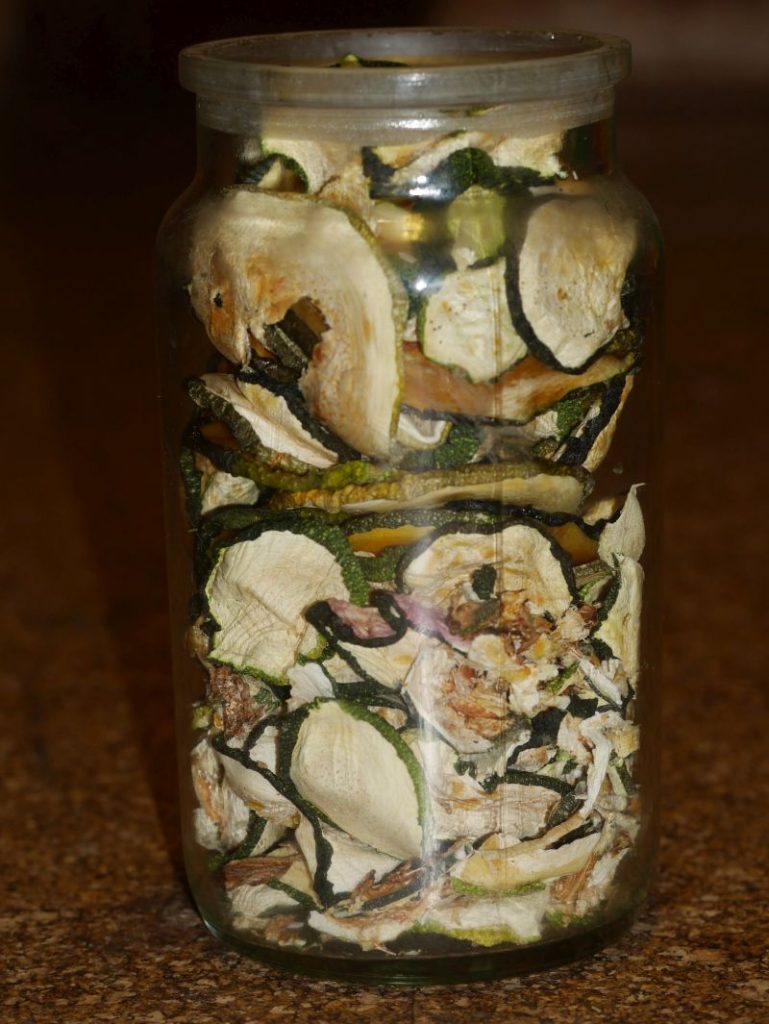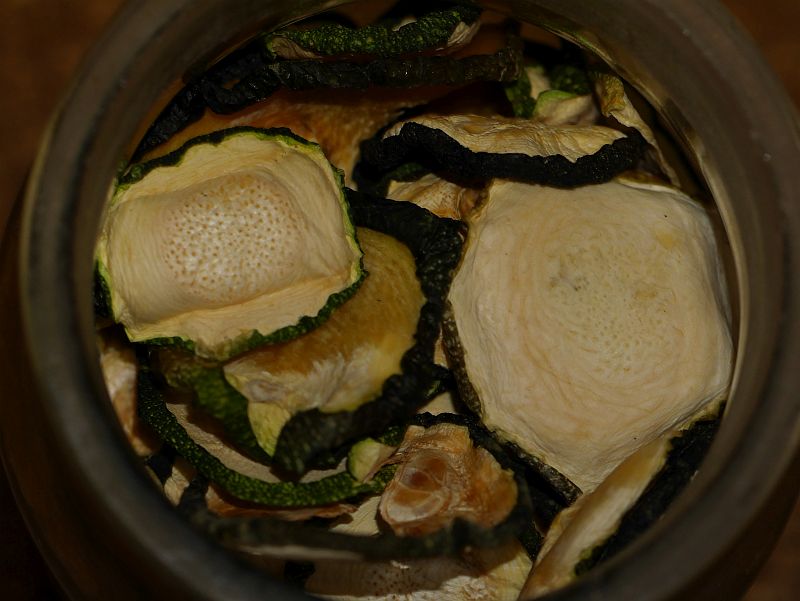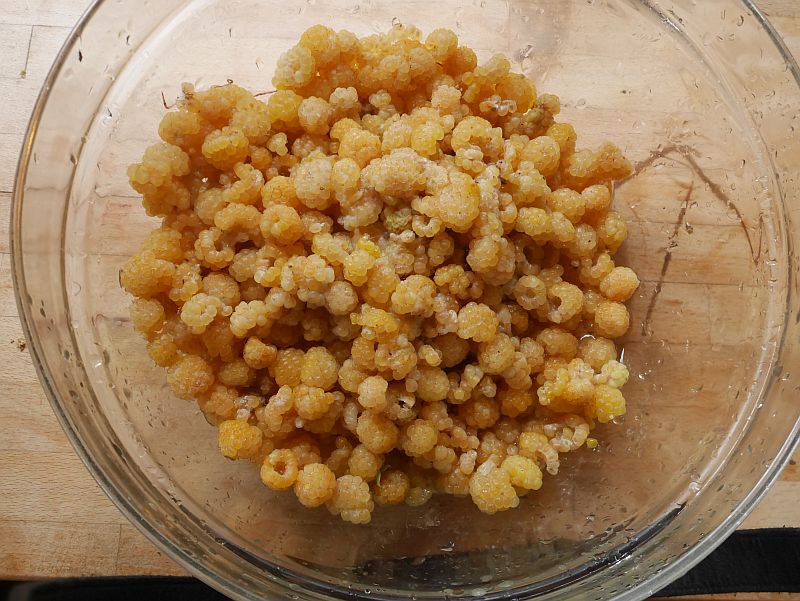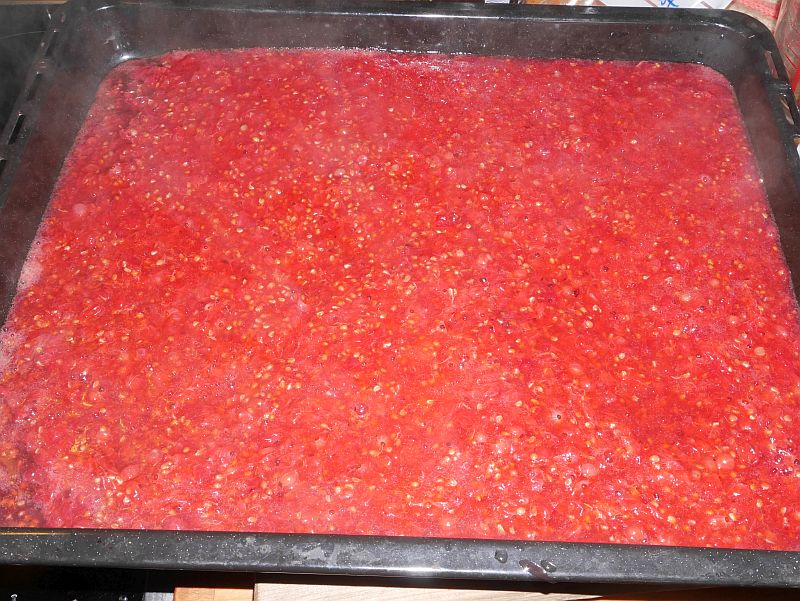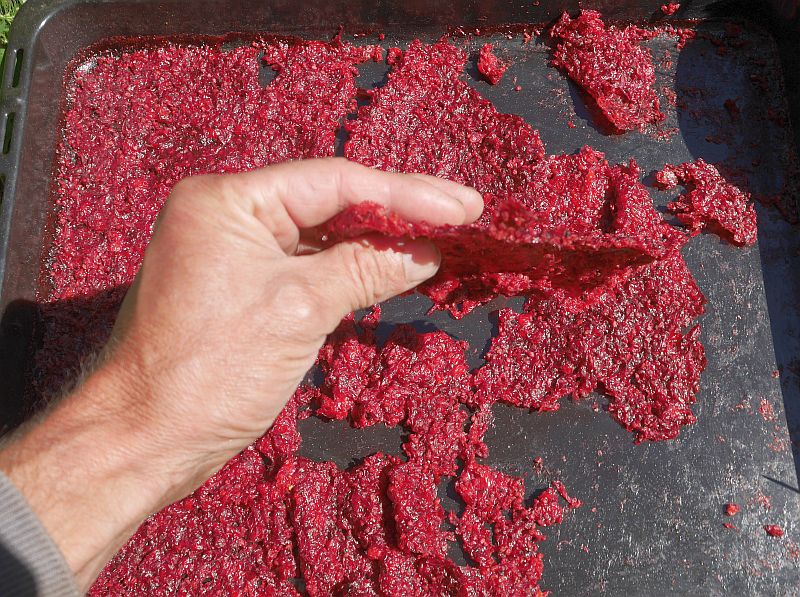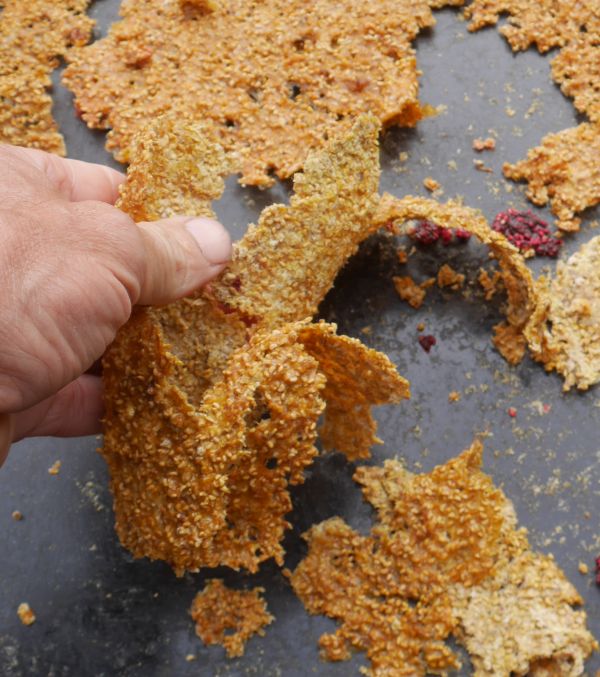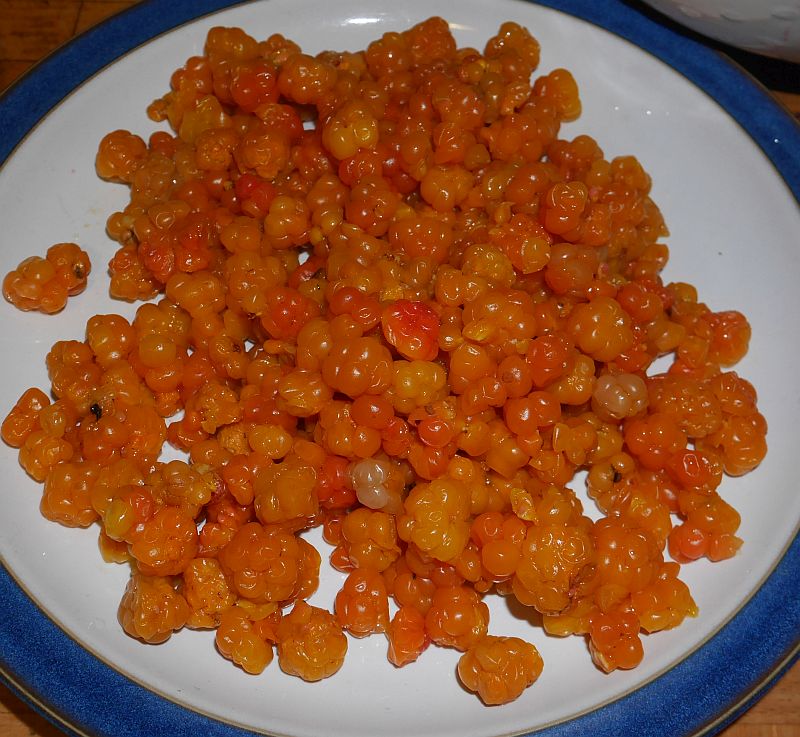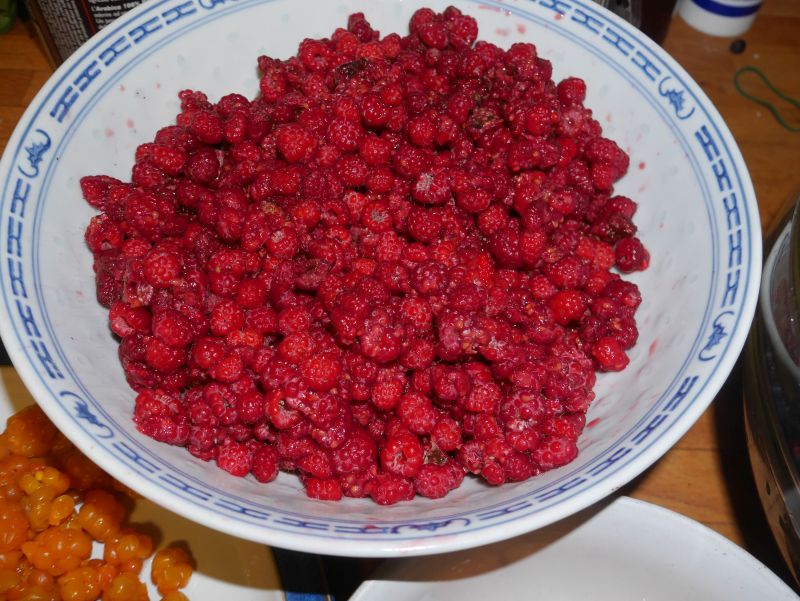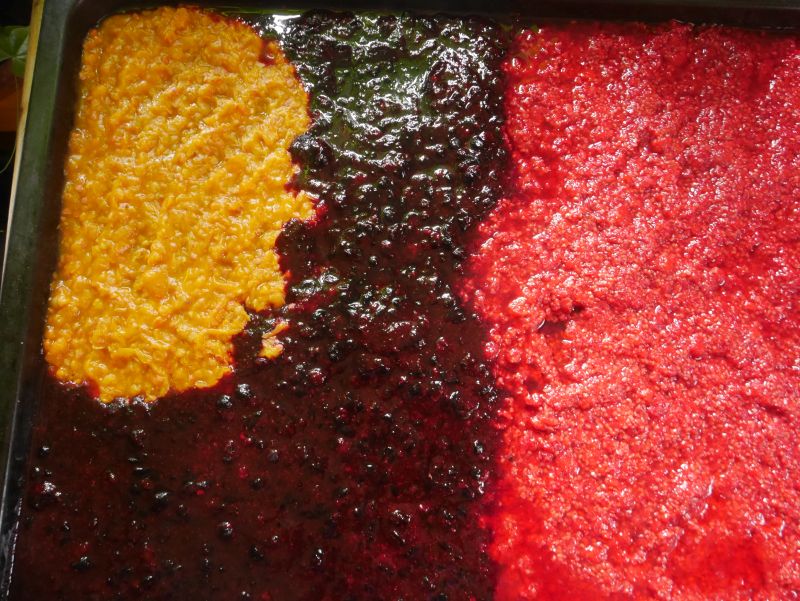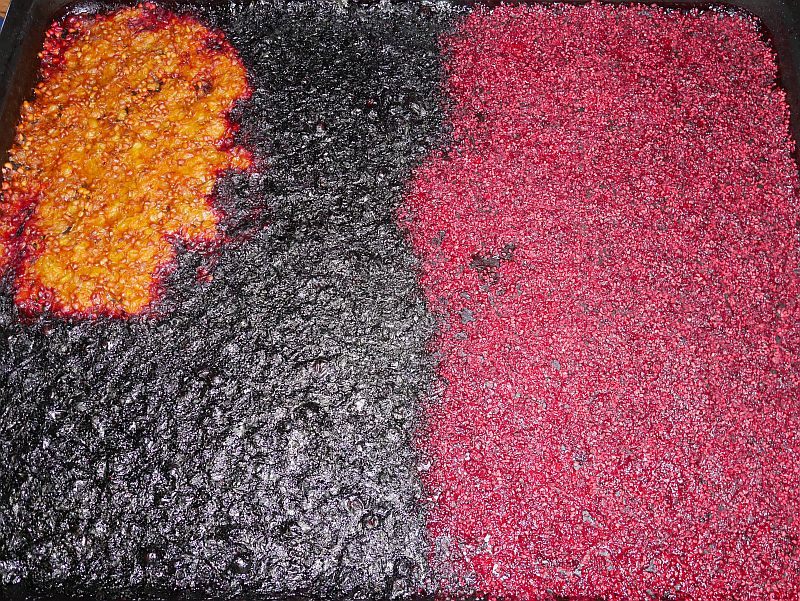Spending so much time in the 3 gardens I look after – The Edible Garden; The World and Demonstration Gardens at Væres Venner Community Garden and the Allium Garden Chicago at the Ringve Botanical Gardens in Trondheim – I don’t get into the surrounding forest so often. Yesterday, we had a fantastic day foraging fungi in the forest nearby in Malvik and the forest shared with us and these will mostly be dried. The following edibles were picked:
Winter chanterelle / traktkantarell (grows in damp mossy locations in the forest)
Gul trompetsopp / yellow foot (on the edge of bogs)
Chantarelle / Kantarell – a bit late for this, but we nevertheless found a few patches
Rødgul piggsopp / terracotta hedgehog
Piggsopp / hedgehog fungus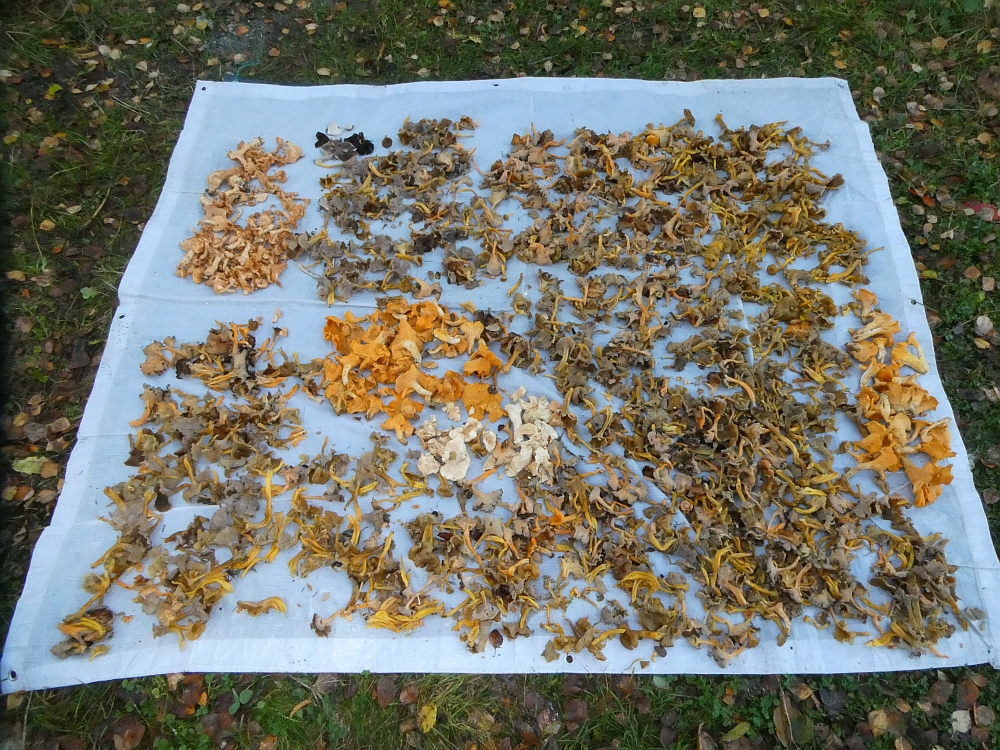 (Hydnum rufescens)
(Hydnum rufescens)
Category Archives: Drying
Dried fruit salad
The fresh fruit season approaches rapidly as the first fruit ripens…wild strawberries (markjordbær) and haskaps (Lonicera edulis). Since the fresh apples ran out early April we’ve been eating delicious rehydrated dried fruit salad every day. We mix different flavours (sour and bitter and sweet) in the same way as in mixed salads. Here are the recipe and ingredients in this year’s “Summer in a Bowl” mix: apples, wild bilberries, raspberries (from the hills and garden), yellow raspberries, redcurrants, saskatoons (Amelanchier), rhubarb, sour cherries and gooseberries! We both made mixed fruit leather and dried the berries as they were (mixed together in the rehydrated mix). I never buy fruit and never use sugar for preserving and don’t own a freezer (by choice).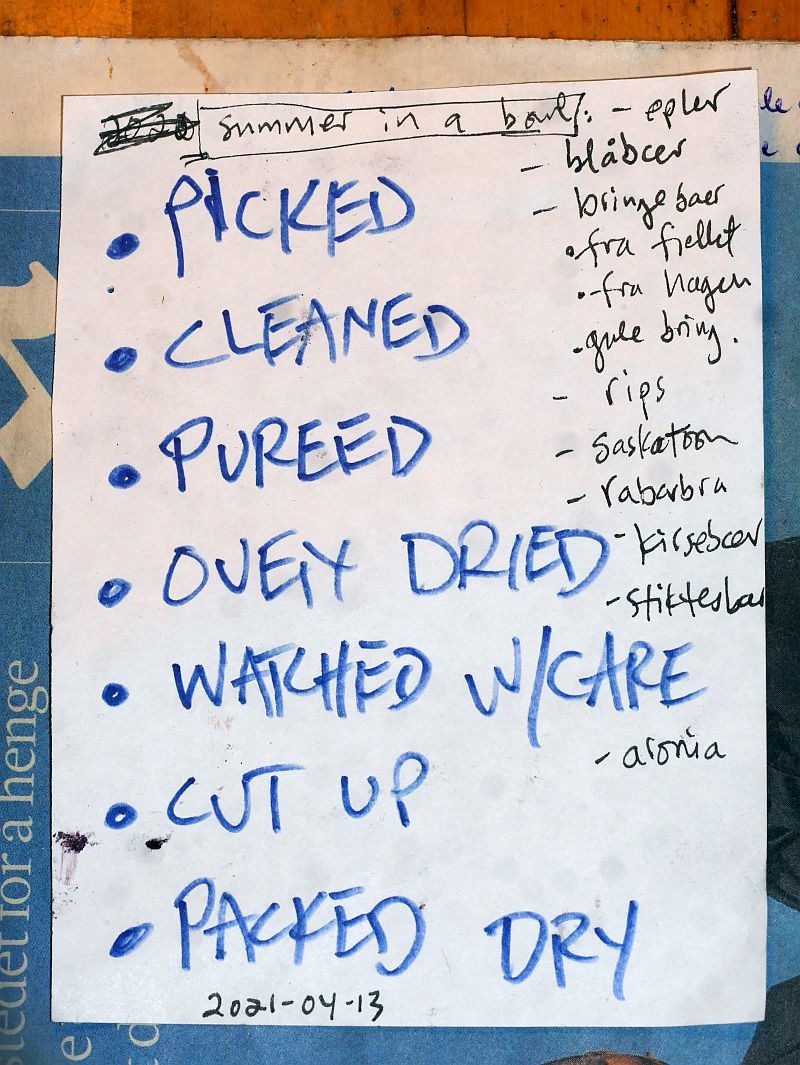 Rehydrated fruit mix for breakfast every day is delicious:
Rehydrated fruit mix for breakfast every day is delicious:

The first ripening berries of 2021 (wild strawberries and haskaps):

…and the 2021 fruit harvest is very promising with both plums, cherries and apples all covered in flowers in May (pictures and video of the biggest apple tree – Aroma)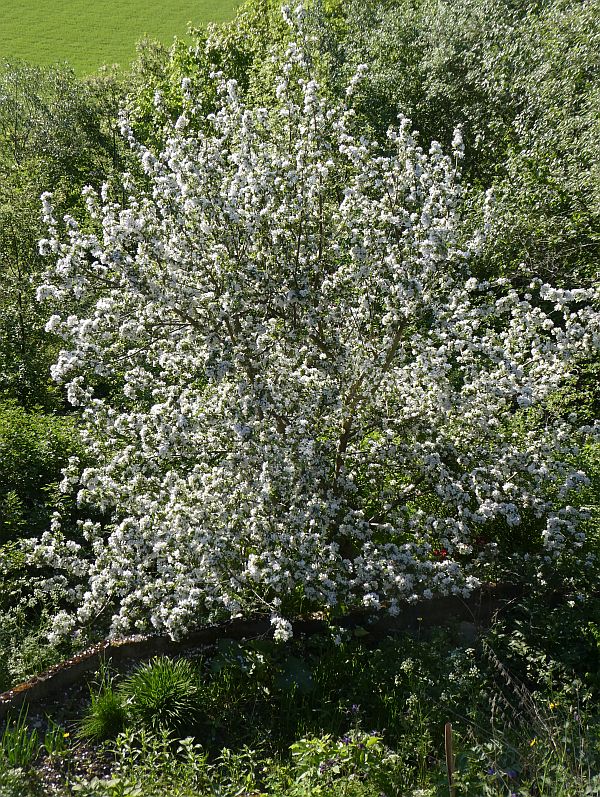
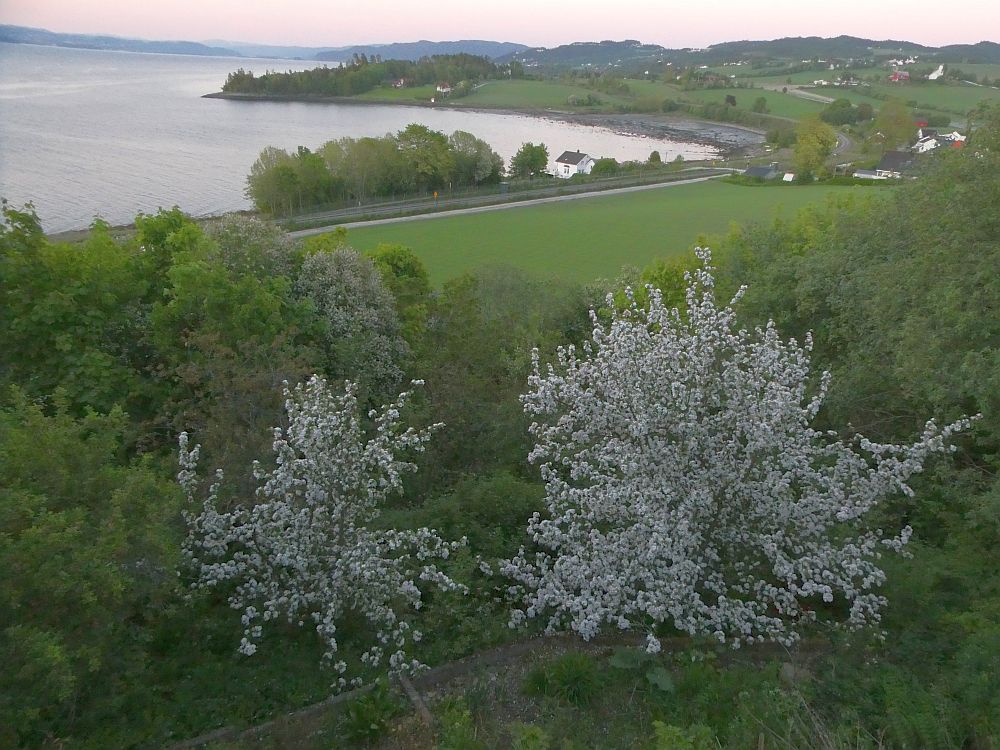
Standing room only!
I’ve already shown that all the windows are full of drying seeds at the moment, now it’s standing room only as the tables and chairs are now full of drying fungi :) 
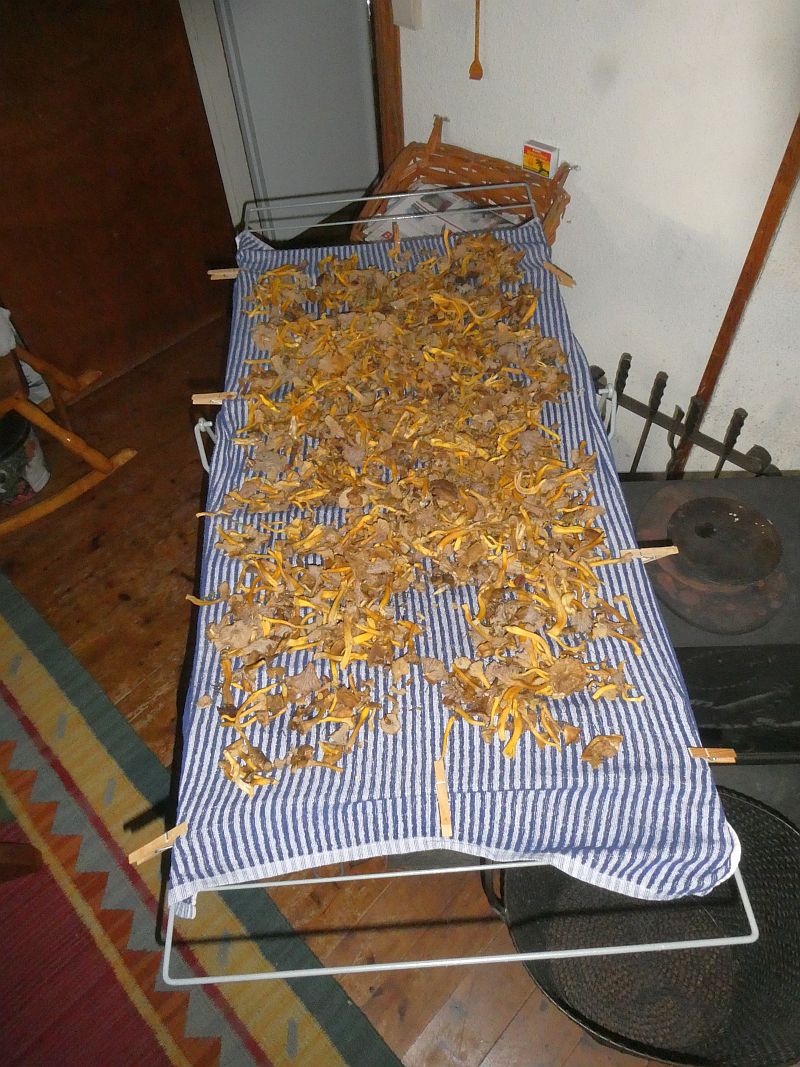
Dried Aster Scaber
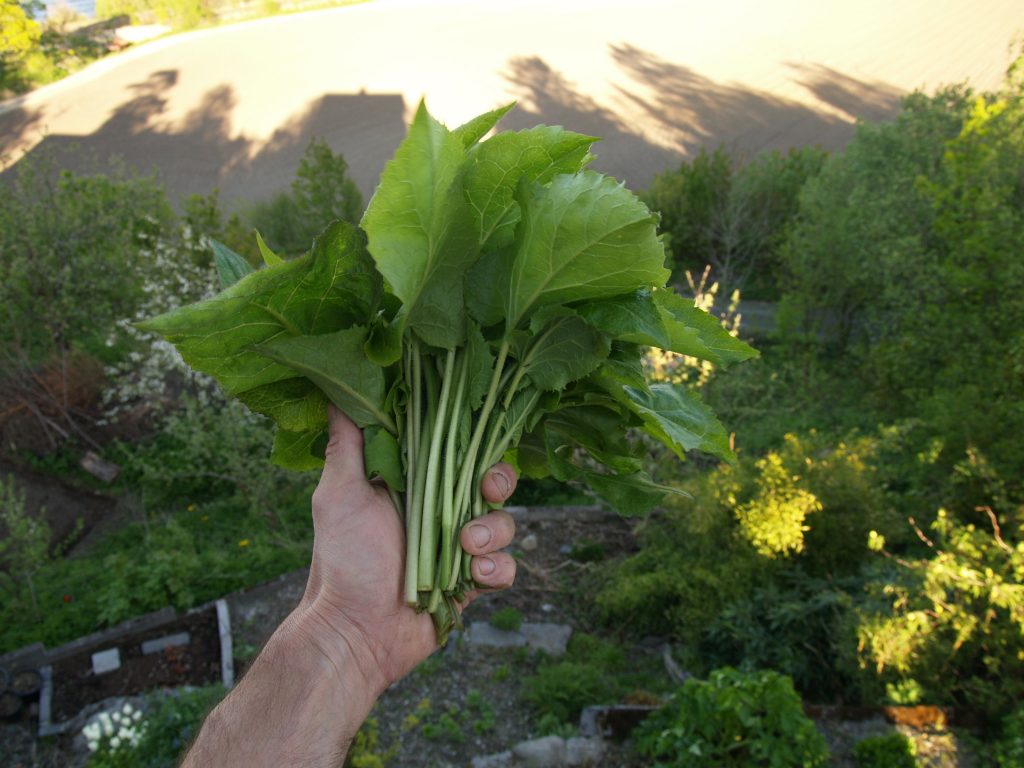
In September, in a farmer’s market in Atlanta, Georgia I found packets of dried Aster scaber leaves (I had searched unsuccessfully for chwinamul in other Korean supermarkets, but hadn’t found it before):
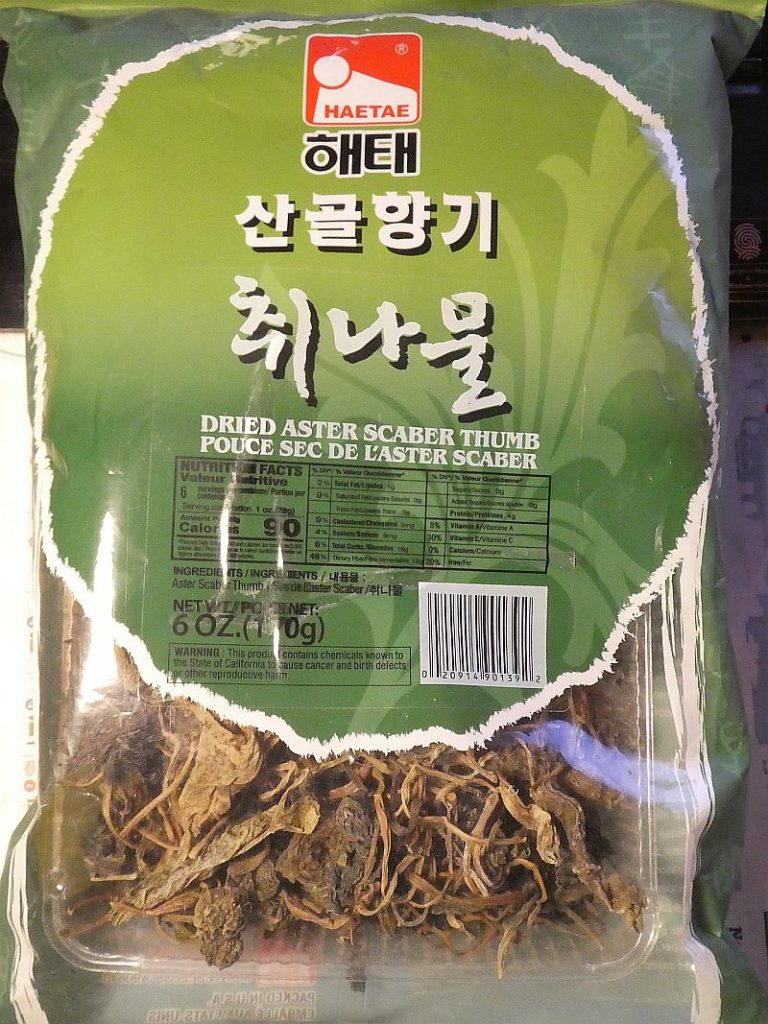
On the front of the packet is a WARNING: This product contains chemicals known to the State of California to cause cancer and birth defects or other reproductive harm!

On the other hand, on the back of the packet it says: “Keep your health with benefits of HAETAE Sangol Hyanggi Namuls”

Is the reason for the cancer warning on the packet due to the fact that the same packet is used for a range of dried vegetables and shiitake mushrooms (namul), including bracken fern which contains a carcinogen, ptaquiloside (however, it is both water-soluble and is destroyed by heat )
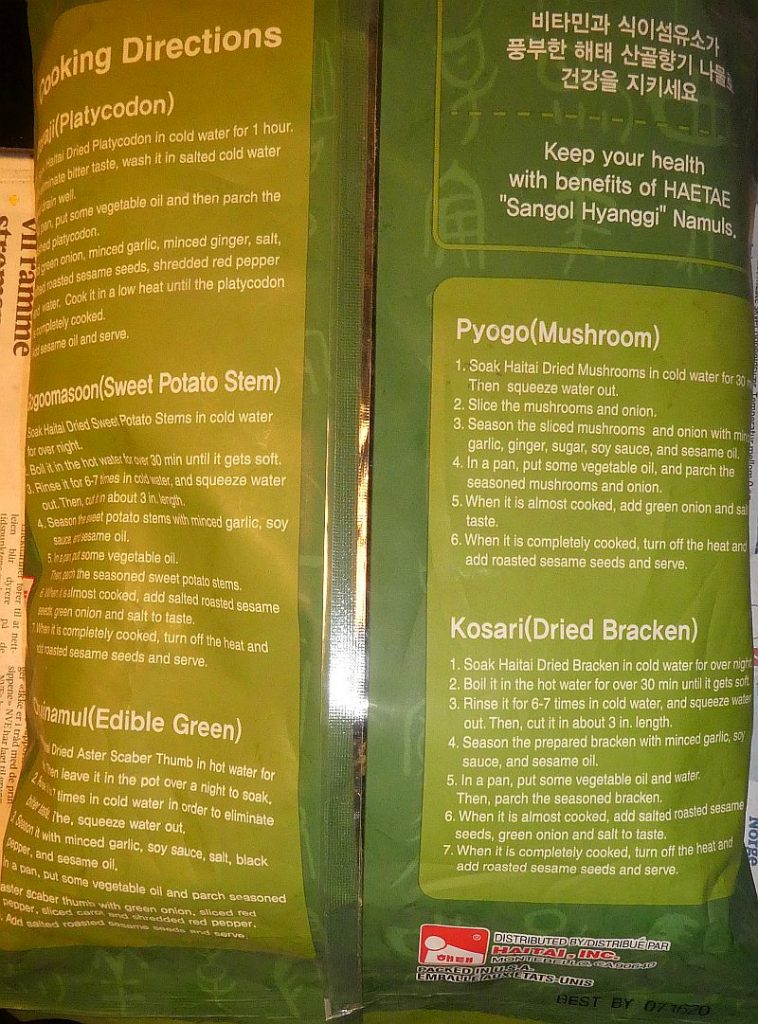
I was also surprised to read what would seem to be the excessive pre-preparation by boiling for 20 mins., followed by a soak overnight and then rinsing 7 times, to remove the bitterness. I’ve never detected bitterness and have understood it’s also used in salads. I wonder also why they are known as “thumbs”?

Cornelian Cherries and Polish Olives in Trondheim
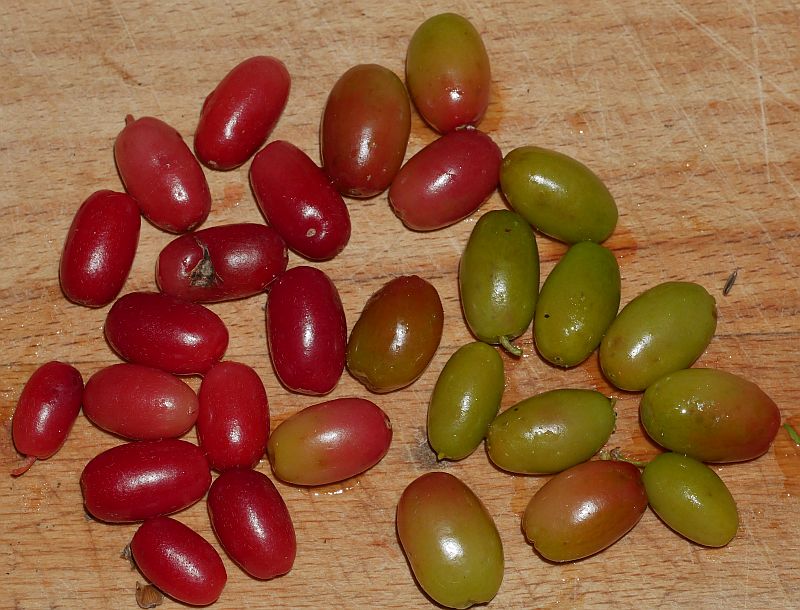
The bushes at Ringve, which were in a warmer and much sunnier spot than in my garden, were, on the other hand, laden with ripe fruit!
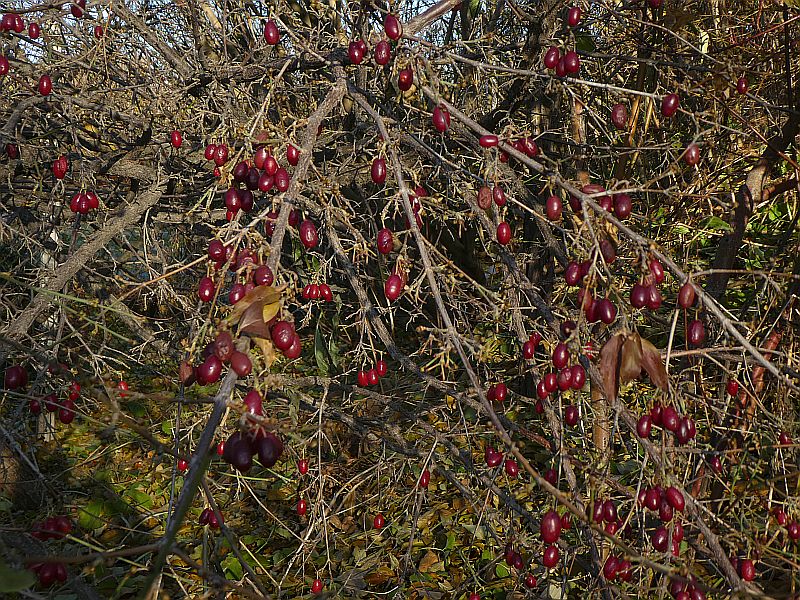

Although sour tasting raw, I was intrigued to see what they would taste like dried. My favourite dried fruit are sour cherries. Although not as good as those, I enjoyed the taste and they will this winter be part of my late winter dried fruit mixes that I eat every morning for breakfast once the fresh apples are finished.
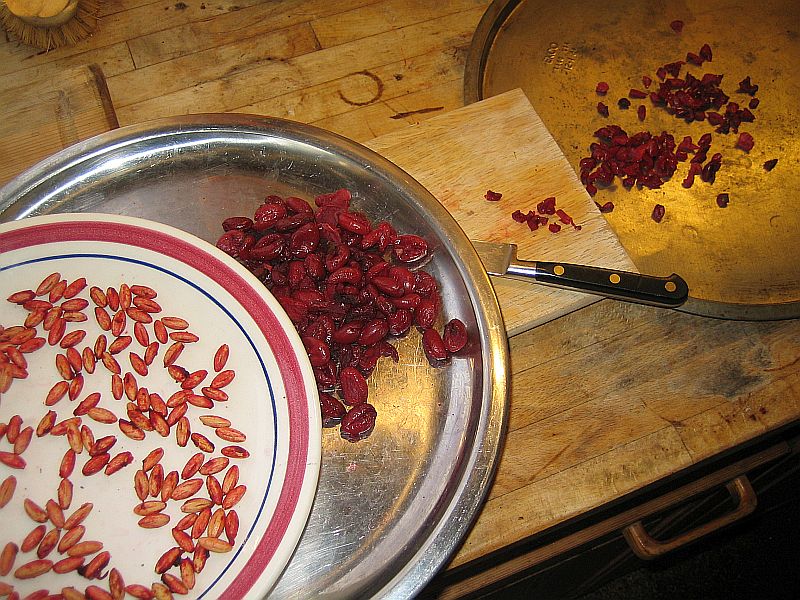
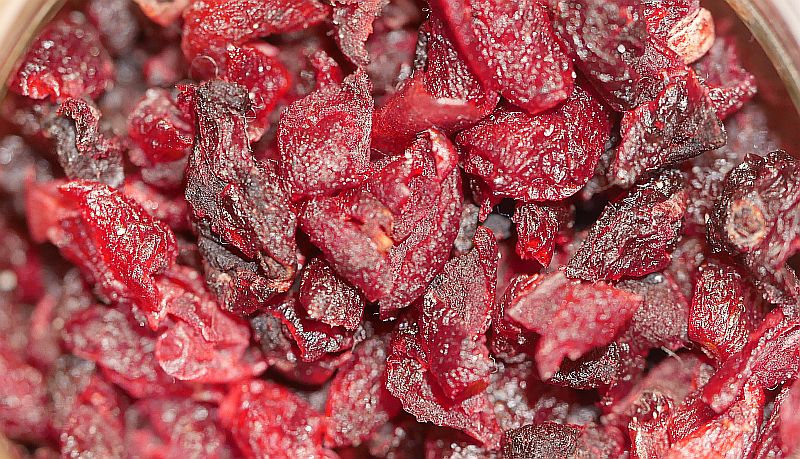
There are many varieties of cornelian cherry bred for bigger fruits, there are also pear shaped fruit varieties and yellow cultivars. (Edit: My friend Jesper Bay tells me that there’s also a black fruited variety!) There are also a number of ornamental varieties, such as the wonderful variegated form I once saw laden with fruit in the Oxford Botanical Garden (see the pictures below).
´Elegantnyj´, ´Jalt´, ´Kijevskij´, ´Lukjanovskij´, ´Vydubeckij´ are Russian in origin; ´Devin´, ´Olomoucky, ´Ruzynsky´, ´Sokolnicky´, ´Titus´ are from Czechoslovakia and Slovakia; ´Joliko´ and ´Fruchtal´ are Austrian and ‘Ntoulia 1’ and ‘Ntoulia 2’ are Greek.<
There are also partially self-fertile varieties.
Cornus mas has been cultivated commercially for centuries in the Caucasus and Central Asia. Turkey has today an important Cornelian cherry industry.
‘Kasanlaker’ is a large fruited cultivar which is available from nurseries in Western Europe.
I remember on a visit to Scandinavia’s oldest forest garden at Holma in Southern Sweden being shown a large Cornus mas in the centre of the city Lund on 1st September 2017! Here’s a picture of various forest gardeners harvesting the fruit (the tree was full):
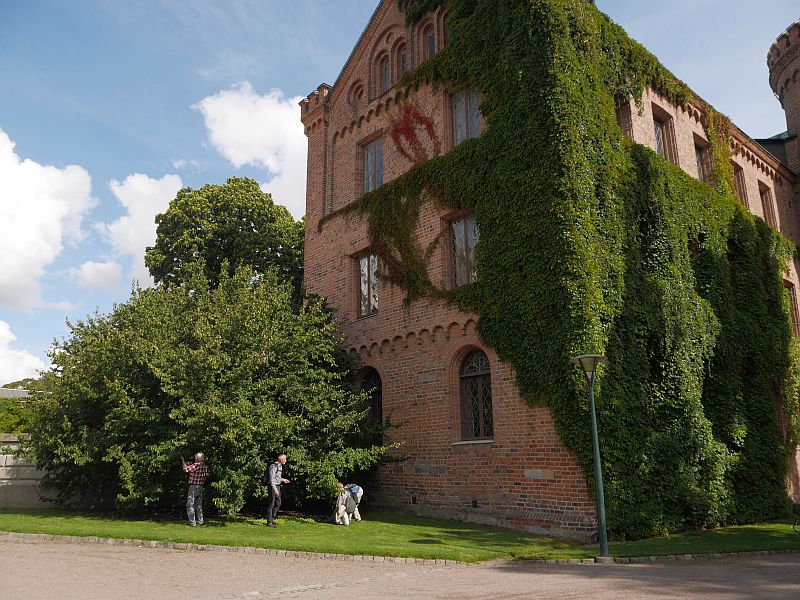
Reference
Oskar M. Szczepaniak, Kobus‑Cisowska, J., Kusek, W. and Przeo, M. 2019. Functional properties of Cornelian cherry (Cornus mas L.): a comprehensive review. European Food Research and Technology. 245:2071–2087
October Chantarelles
Walking up a very steep slope and suddenly this was the view in front of us:
The final haul ready to dry!


Processing blackberries and plums
Glut of Courgettes
Dried bilberries
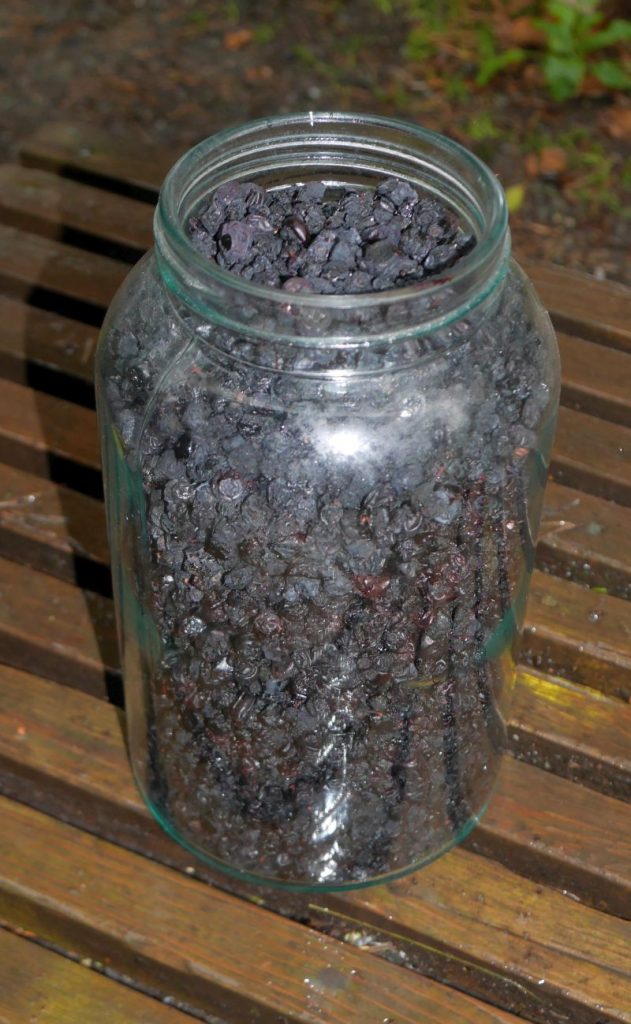
Leather
See last year’s blog on raspberry / bilberry leather here: http://www.edimentals.com/blog/?p=13187
12th August Added pictures of leather made from cloudberries, bilberries and wild raspberries!

